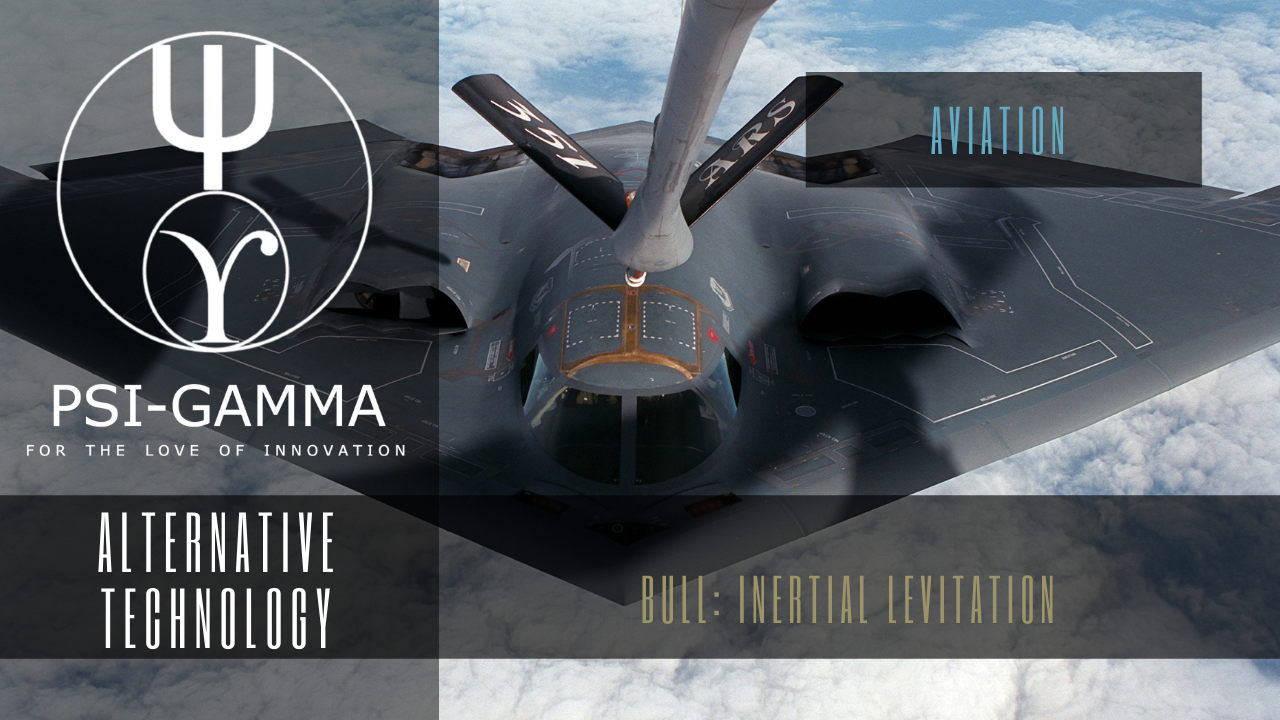
Imagine a heavier-than-air flying craft devoid of any visible means of propulsion, which rises from the earth and travels through the air in apparent defiance of gravity. Lifting itself by its own bootstraps, by slinging weights about its interior, it could navigate at will in the stratosphere or even in the unknown reaches of outer space. Such a craft is brought within the realm of speculation by pioneer experiments of Harry W. Bull, of Syracuse, NY, with an entirely new form of propulsion that he terms the reaction motor.
Suspended from a pair of light, flexible wires, in his laboratory, hands a cylindrical tube about a foot long. At the touch of an electric switch, it becomes alive and leaps forward, as if drawn by some invisible magnet. Actually the power plant, a curious system of reciprocating weights, is contained within the tube itself.
This elementary form of reaction motor operates on a principle that has long been neglected by engineers, but which Bull believes can be applied in aircraft and other vehicles. It depends upon the difference in effectiveness of two ways of transmitting energy, which can be termed impact and impulse. If a weight is thrown against a solid wall, it is stopped by impact, and much of its energy is wasted in distorting the weight and wall and in producing heat. However, if the weight is thrown against a spring fastened to the wall, it is stopped by impulse, the spring conserving the energy of the moving weight and transmitting the resulting force, with little loss, to the wall. Tests have shown a weight will yield three times more force by impulse than by impact.
Applying this principle in the manner shown in the accompanying diagram, he mounts two movable weights in a cylinder and starts them simultaneously in opposite directions. One is stopped by a flat steel plate, and the other by a spring. The difference in the effectiveness of the two blows, as explained above, is sufficient to kick the cylinder forcibly in the direction of the spring. The weights may be returned to their original positions by any standard mechanical means, and the cycle repeated continuously, providing a steady and self-contained driving force without recourse to propellers, rocket jets, or any other familiar means of propulsion.
From the present experimental model to a reaction motor powerful enough to lift aircraft seems a long step. Achieving a practical reaction motor, Bull points out, depends to a large extent, paradoxically, upon how inefficient it can be made. The more force that can be wasted in impact, the greater force will be left to push ahead, a new problem for engineers, who have spent years trying to conserve energy rather than dissipate it. Likewise, much experimentation remains to be done upon the impulse side of the apparatus, which is still far from efficient.
Supposing these difficulties overcome, what would an airship, driven by a reaction motor, look like? Bull visualizes a globular craft with a motor in the form of an upright cylinder containing two pistons operating in opposite directions, one delivering an impulse and the other an impact. A carburetor adapted for mixing vaporized oxygen and gasoline would supply an explosive mixture to drive the pistons. Several cylinder units could be used to obtain a steady lifting force. Others placed horizontally would provide forward motion. A similar impulse-impact cylinder of reduced size, operated electrically and mounted near the outer shell of the ship, would rotate the craft for steering. An airship driven by this new method could travel at high speed and could be used at either high or low altitudes.

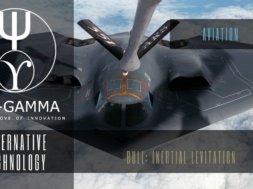

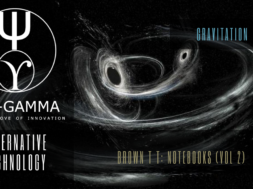




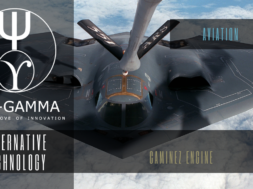
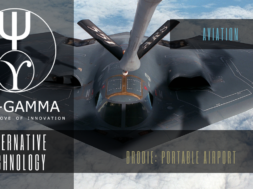
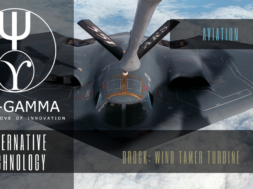
Этот информационный материал привлекает внимание множеством интересных деталей и необычных ракурсов. Мы предлагаем уникальные взгляды на привычные вещи и рассматриваем вопросы, которые волнуют общество. Будьте в курсе актуальных тем и расширяйте свои знания!
Получить больше информации – https://quick-vyvod-iz-zapoya-1.ru/
Этот информационный материал привлекает внимание множеством интересных деталей и необычных ракурсов. Мы предлагаем уникальные взгляды на привычные вещи и рассматриваем вопросы, которые волнуют общество. Будьте в курсе актуальных тем и расширяйте свои знания!
Получить больше информации – https://quick-vyvod-iz-zapoya-1.ru/